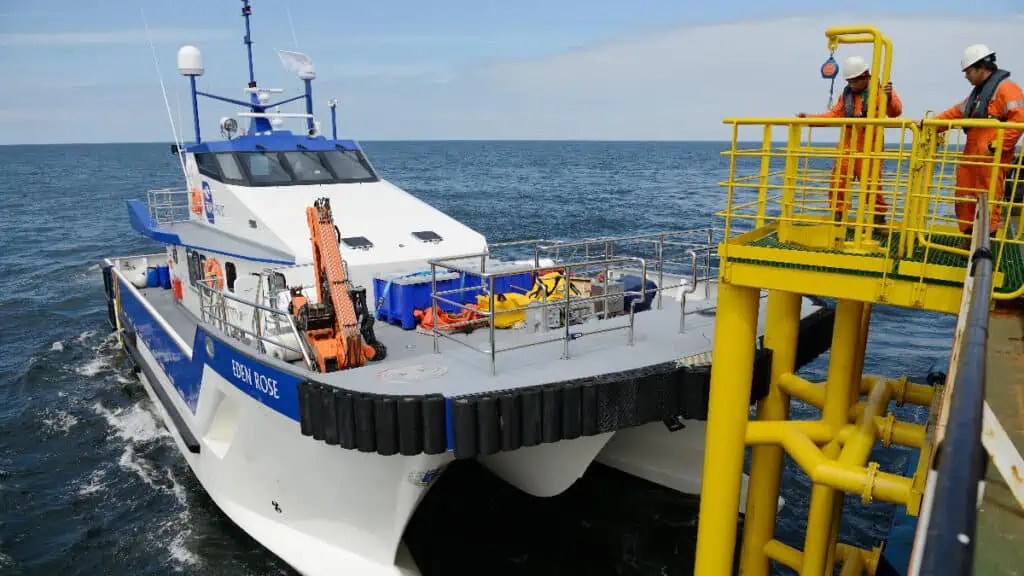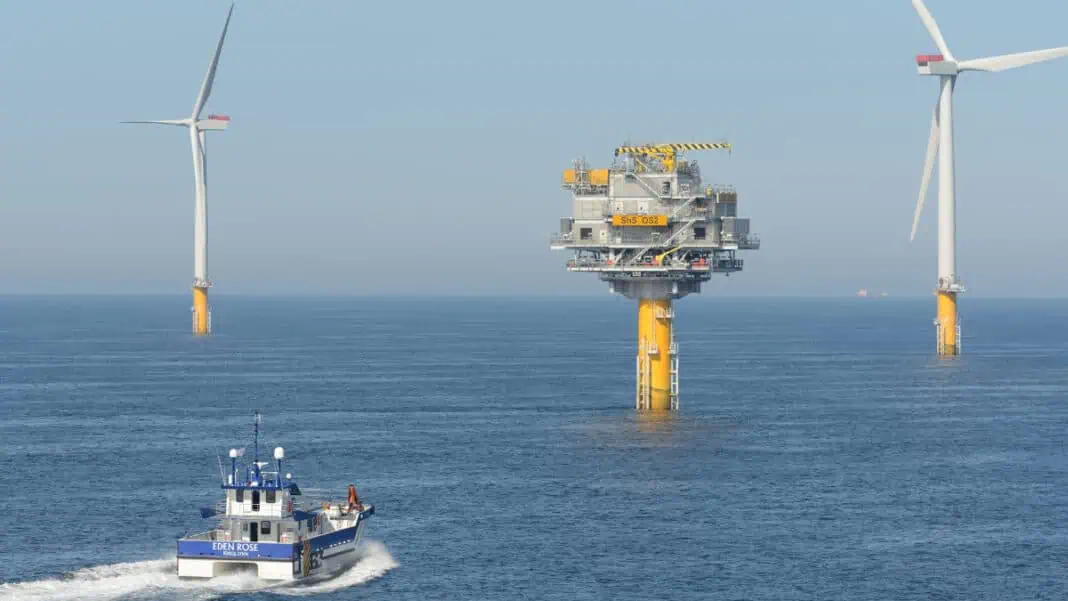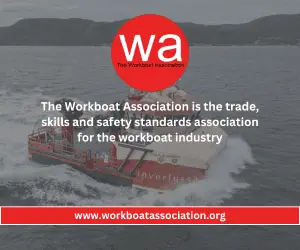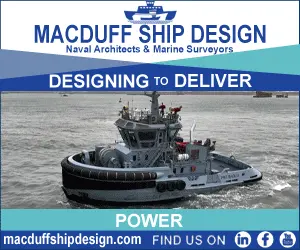Amid economic and geopolitical challenges for offshore wind, Leo Hambro, commercial director at Tidal Transit, shares his thoughts on how the industry can blend profitability with its net zero ambitions, and explores operational electrification as a clear-cut route to facilitating sustainable decarbonisation in the sector.
From the very start, offshore wind energy has pursued one clear and ambitious objective: the transition to a green energy system. Wind turbines harness natural forces to produce clean electricity, serving as the backbone of a greener economy and counteracting fossil fuel dependence. Yet, in today’s climate fraught with inflation, supply chain shocks and regulatory uncertainty, offshore wind developers face an uncomfortable reality. Decarbonisation, while noble, often collides with the hard economics of project delivery, operations and ongoing maintenance.
The sector’s commitment to sustainability is now challenged by rising costs. Building and maintaining offshore wind farms (already capex-heavy), for which costs had previously declined dramatically, is growing even more expensive, and the geopolitical climate has made offshore energy investments a riskier endeavour. Operators must manage fluctuating raw material prices, tariffs and inflation, and face new carbon taxes and expanded emissions trading schemes that risk putting greater pressure on finances.
These economic conditions are forcing developers to seek out efficiencies wherever possible, balancing their environmental aims with fiscal responsibility. One increasingly sought-after route for substantially lowering emissions is upgrading and modernising offshore support vessels – the crew transfer vessel (CTV) and service operation vessel (SOV) workhorses critical for supporting the installation and ongoing operations and maintenance of offshore wind sites.
Data suggests that the CTVs operating in the UK and EU alone burn around 1,500 litres of diesel every day. Across the five hundred plus of these vessels servicing wind farms the world over, the costs associated with these fleets’ cumulative fuel use and carbon emissions becomes hard to ignore. This is further exasperated when considering that these numbers are expected to more than double over the next decade. While there are two primary pathways available for achieving low-carbon operations and maintenance (O&M) fleets, ultimately, only one emerges as the definitive leader…
Are green fuels the answer?
Alternative, low-carbon fuels are often considered as an effective route towards achieving this. Options like green hydrogen, hydrotreated vegetable oil (HVO), e-methanol, and biofuels seem, on the face of it, to offer a direct upgrade over diesel. However, their real-world feasibility can be quite limited, and the creation, transport and combustion of these fuels entail significant energy losses and high costs. For example, producing green hydrogen requires intensive input energy for electrolysis, desalination, compression and storage, resulting in around 75% of the original energy being lost before it even reaches vessel motors.

That’s not to say that green fuels don’t have a place in low carbon maritime. They offer clear advantages over fossil fuels for large vessels with a high gross tonnage, and their benefits in hybrid vessel designs are clear cut. However, for smaller vessels working in and around offshore wind sites, green fuels simply fall short. Why rely on internal combustion at all when we have almost unlimited, clean energy right at our fingertips?
Electrification: the true path to operational efficiency
By contrast, the electrification of CTVs and SOVs provides a perfect solution at the intersection of sustainability and cost-effectiveness. Electric vessels eliminate operational emissions, buffer against volatile oil prices and offer dramatic reductions in maintenance requirements since electric powertrains have far fewer moving parts than diesel engines. This results in significantly lower servicing costs and greatly extended vessel lifetimes. Rapid developments in marine battery technology have also made electric vessels not only feasible but increasingly inexpensive, safe and reliable.
Electric vessels offer another distinct advantage over alternative fuels: operational flexibility. With advances in offshore charging infrastructure, including wind-turbine-based chargers and cutting edge shoreside charging, electric fleets can recharge on-site, reducing the need for costly and time-consuming return-to-port refuelling. This means less downtime, enhanced task availability and, ultimately, greater operational efficiency than vessel powered by alternative fuels.
At Tidal Transit, we’re about to launch the world’s first fully electric retrofit CTV, demonstrating that existing vessels can be transformed rather than scrapped, therefore offering a new circular economy approach to electrification. Elsewhere, we’re also investing in next-generation battery-powered vessels and developing offshore charging infrastructure to help accelerate the industry into a new era of sustainable, low-emission fleets.
Balancing economic goals with net zero
Electrifying vessel fleets helps accelerate the industry’s fundamental mission to decarbonise the energy system, while also providing a robust hedge against economic volatility. As regulatory frameworks evolve and carbon costs mount, operators who rely solely on diesel risk rising penalties and competitive disadvantage. Meanwhile, those who invest in electric fleets stand to gain from long-term financial stability and predictable operating expenses all while alleviating carbon emissions.
Electrification is both the most sustainable and economic choice for the offshore wind sector. Developers should look beyond short-term solutions like green-fuel experimentation to embrace electrified fleets as the clearest path to their dual mandate: profitability and sustainability. The future of clean energy lies in harnessing limitless, locally generated offshore wind power, both for the grid and for the operations that keep it running.
By embedding electrification within the DNA of offshore wind, the sector can leverage its own strengths to successfully blend financial sustainability with its mission to decarbonise the energy system.
By Leo Hambro, Commercial Director, Tidal Transit












